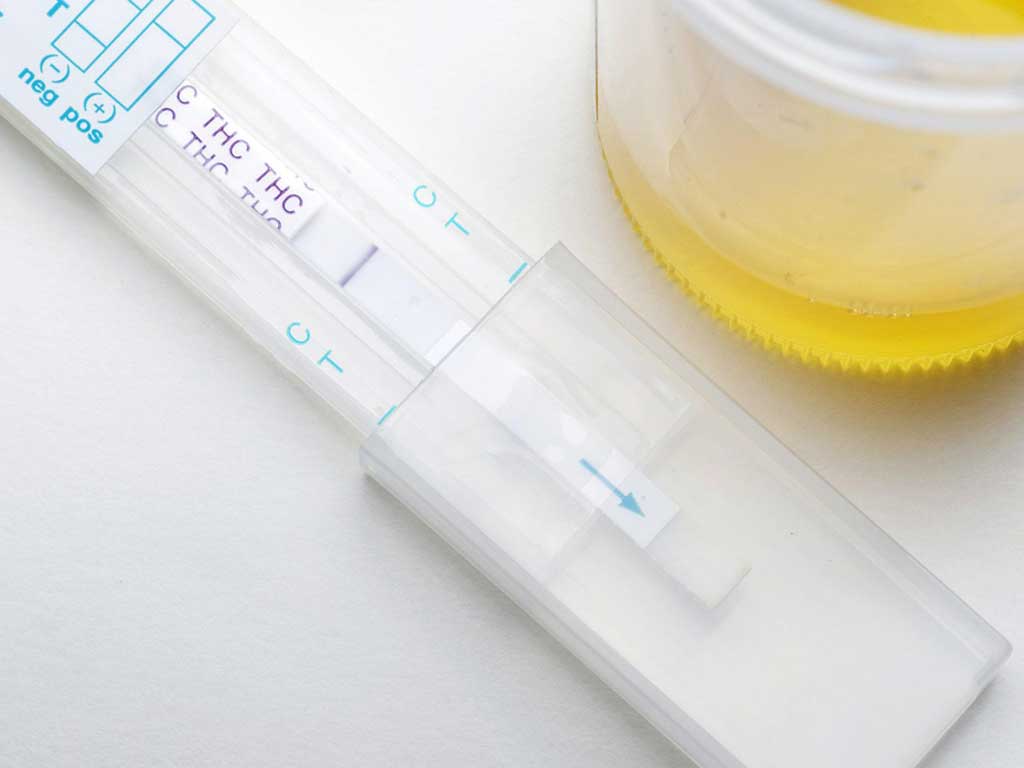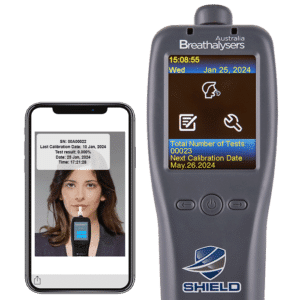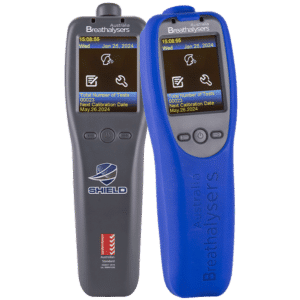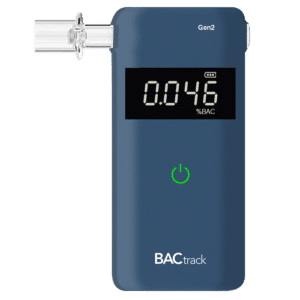At Home Drug Test: Importance, Types of Tests, and How to Conduct
07 February, 2024

Drug abuse is a significant concern worldwide, affecting individuals, families, and careers. At-home drug tests provide a convenient and discreet way for people to screen themselves or their loved ones for possible substance abuse. There are various types of tests, such as urine, saliva, and hair sampling. Each type can detect drugs with varying levels of accuracy, periods of detection, and procedures. To conduct the test, it is important to follow the proper sample collection technique.
Drug testing is a common practice in roadside, legal, and workplace settings. It ensures that individuals are not under the influence of illicit substances that may harm themselves or others. With the availability of rapid testing kits, it has become easier for people to test themselves with confidentiality. The following sections will explore the importance of home drug tests, the types of methods, and how to conduct them.
Importance of At-Home Drug Testing
At-home drug testing plays a crucial role in society for several reasons. Firstly, it promotes a drug-free environment, whether in households, schools, or workplaces. This allows individuals to take control of their health and well-being. The test can help identify if someone is using or abusing illegal drugs. This information can be crucial for intervention and treatment.
Secondly, it prevents harm. Regular drug testing can deter drug use. Identifying impaired individuals also helps minimise the safety hazards that can lead to accidents and injuries. For example, employers can choose to temporarily suspend employees who test positive for drugs to ensure the safety of other workers. It also allows law enforcement officials to identify individuals who may be driving under the influence and take appropriate action to prevent road incidents.
Thirdly, home drug testing can provide peace of mind for parents and guardians. It allows them to monitor their children or family members for possible substance abuse without relying on external testing facilities. Lastly, individuals in an outpatient rehabilitation program can use these tests to ensure their continued sobriety and compliance with their treatment plan.
Advantages of At-Home Testing Over Laboratory Testing
- Convenience: At-home testing allows individuals to conduct the test in the comfort of their homes with easy-to-use instructions.
- Cost-effective: Drug test kits offer a more affordable option than laboratory testing. This eliminates additional costs associated with laboratory fees and professional services.
- Privacy: Individuals can maintain privacy and confidentiality as the results are delivered directly.
- Quick results: Drug screening provides rapid results compared to laboratory tests that may take two to three business days.
- Time-saving: It eliminates the need to travel to a laboratory or collection centre.
- Test options: Individuals can choose the number of panels or substances they want to test for.

Types of At-Home Drug Tests
There are several types of at-home drug test kits available for different testing needs. The most frequently used type is the multi-panel instant urine drug test kit. This test detects the presence of drug metabolites in urine for two days to one week. Using urine kits at home enables individuals to be more comfortable during the procedure.
A saliva drug test is another option for at-home testing. This type of test can detect various substances within a few hours of consumption. It is particularly effective in determining recent usage because of its short detection window, typically within 5 to 48 hours. An advantage of this test is its non-invasive sample collection method.
Lastly, there are hair drug tests, which provide a longer detection window than urine and saliva tests. It can trace drug metabolites in the hair samples up to 90 days prior to testing. Therefore, it offers a comprehensive overview of the drug use history of a person. Moreover, it is regarded as highly accurate and difficult to tamper with.
Commonly Detected Substances
Instant drug test kits can detect a wide variety of substances, such as illicit drugs, prescription drugs, and alcohol. The common drugs of abuse include marijuana or cannabis, cocaine, amphetamines, heroin, ecstasy and benzodiazepines. The test can also identify potential misuse of prescription painkillers or opioids like tricyclic antidepressants, methadone, and morphine.
Some tests may include Ethyl Glucuronide (EtG) and Ethyl Sulfate (EtS), the biomarkers of alcohol consumption. These metabolites are detectable in urine and saliva samples for up to 80 hours after alcohol consumption. This allows for efficient monitoring of individuals who are required to abstain from alcohol.

Guide to Conduct an At-Home Drug Test
Conducting an at-home drug test is a relatively simple and quick process. It involves several key steps, such as sample collection, analysis, and interpretation of results. To begin, provide an adequate sample following the instructions on how to collect them properly.
Subsequently, the saliva or urine samples can be analysed using the test kit. It may involve dipping the built-in test strips or inserting the swab into a device that has been pre-coated with specific antibodies. After a specified amount of time, check the results according to the instructions. Most tests will indicate a colour change or lines to determine the absence or presence of drugs.
On the other hand, hair tests involve collecting a sample of hair and putting it in a sealed pouch provided in the kit. Then, individuals can send the samples to a laboratory for analysis. Many kits provide discreet packaging to ensure privacy during shipping. Finally, if the result is non-negative, it is essential to send the samples to a laboratory for confirmation testing.
How to Prepare for the Test?
To prepare for the test, first, gather all necessary materials, such as the sample collection cup, collection swab, and any other supplies provided in the kit. It is recommended to wash hands thoroughly with soap and water before starting the test to ensure cleanliness. Wearing gloves can also help prevent contamination.
Before conducting the test, it is crucial to avoid any substances that may interfere with the test results. This includes abstaining from alcohol consumption and certain medications as advised by the instructions or a health professional. Also, it is important to keep the area clean and without the presence of chemicals or alcohol-containing products.
Conclusion
At-home drug tests offer a convenient and non-invasive way to detect the presence of various types of drugs in the body. It is suitable for individuals who want privacy or need to regularly monitor their medication use. It is also valuable in keeping workplaces and other public settings safe. Additionally, there are different methods available, including urine, saliva, and hair testing. Each type can vary in detection window and accuracy.
Conducting home or workplace drug testing with instant test kits is relatively simple. Individuals should follow the proper sample collection procedure and analysis methods to ensure accurate results. Moreover, adhering to the preparation guidelines can help enhance the reliability of the test and prevent false positives. Nevertheless, while they may be efficient in detecting drugs, a confirmation test is necessary for non-negative results. Overall, they are a valuable tool in promoting safety and monitoring substance use.






























